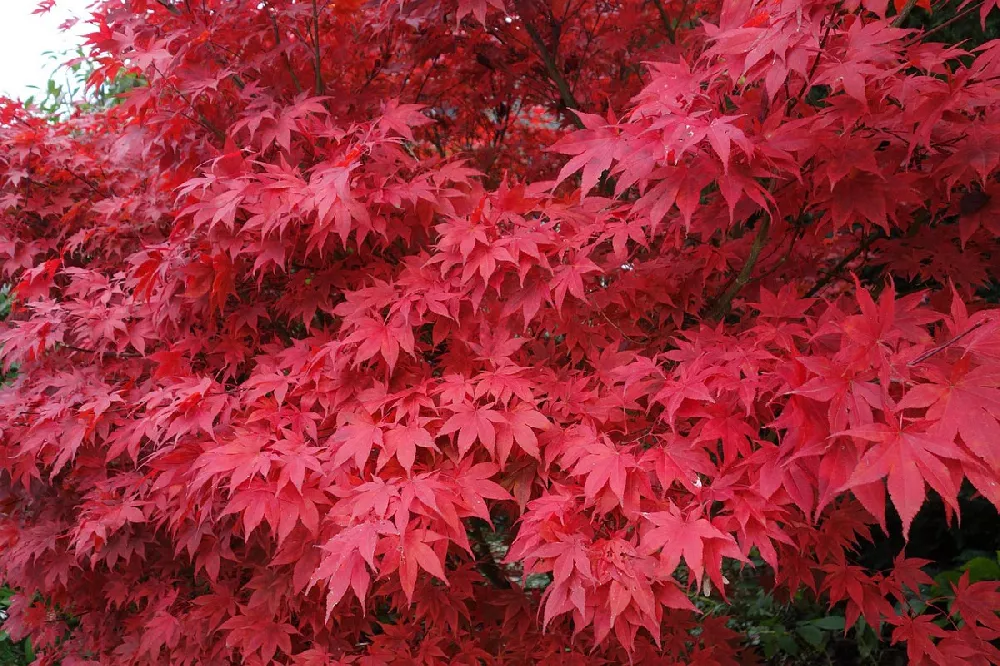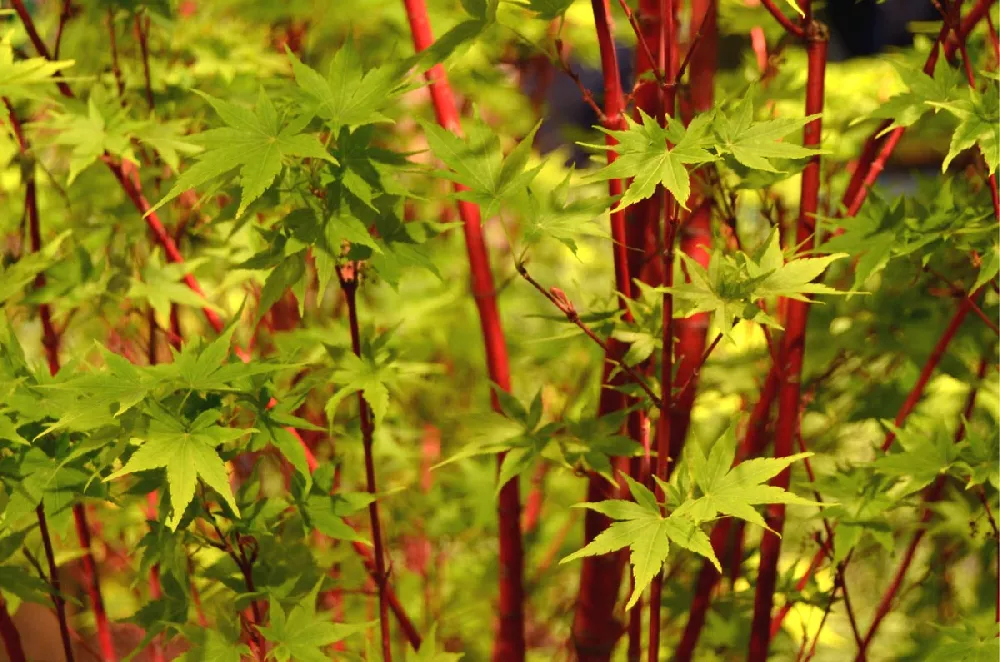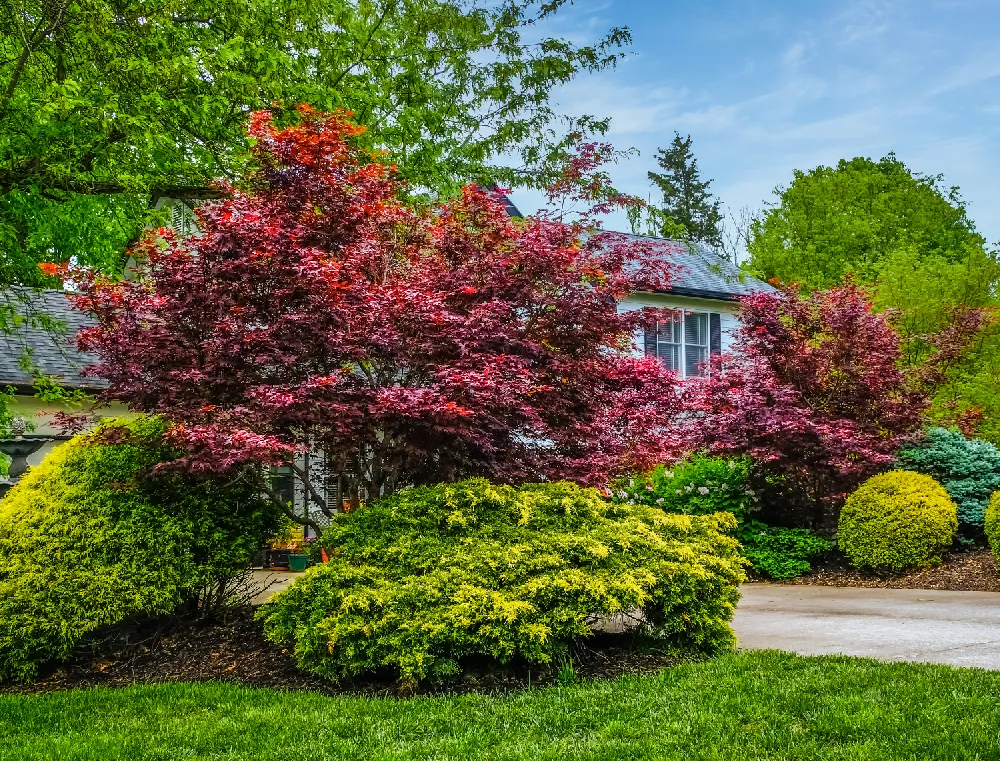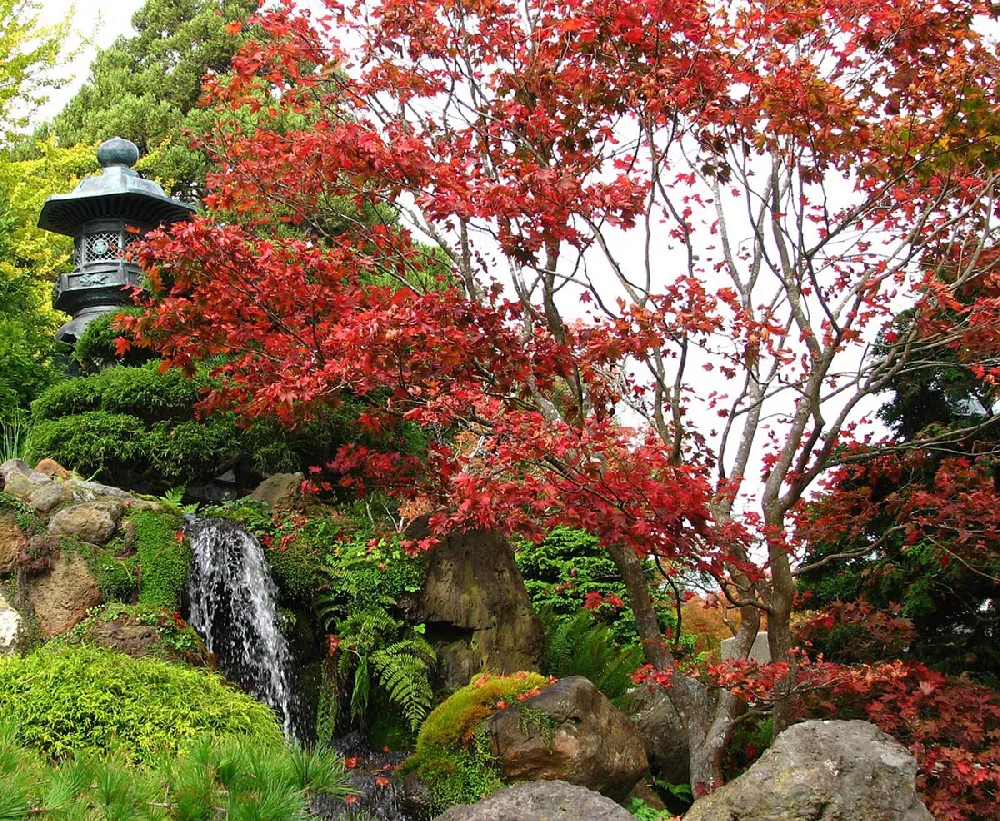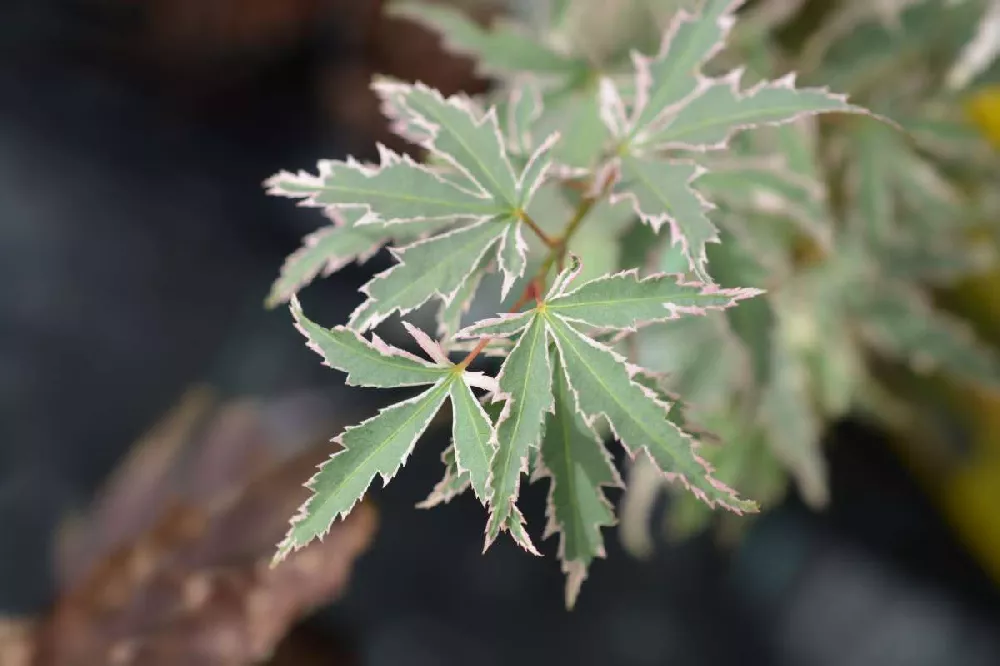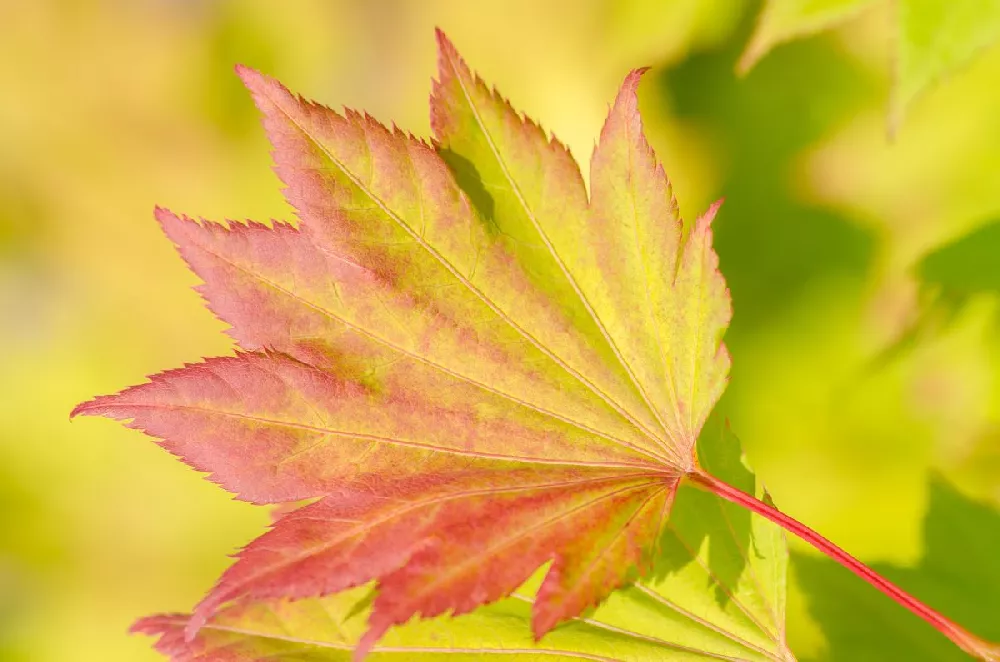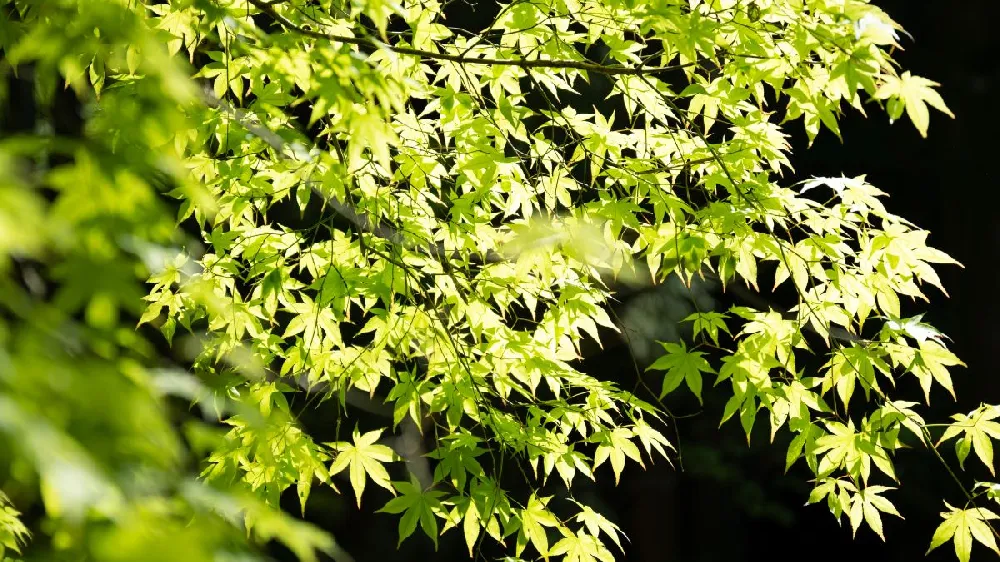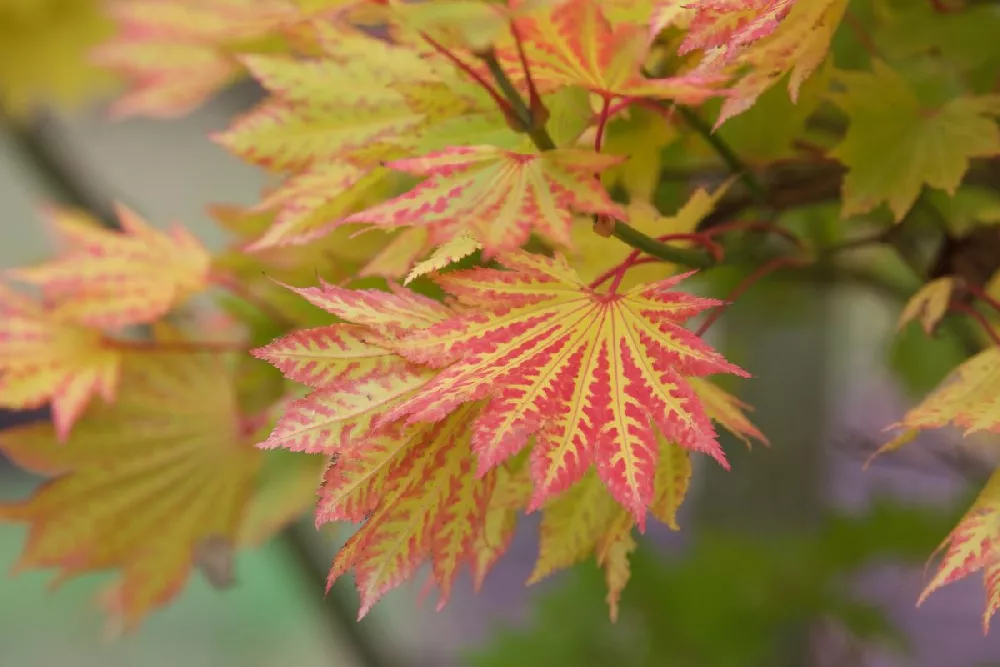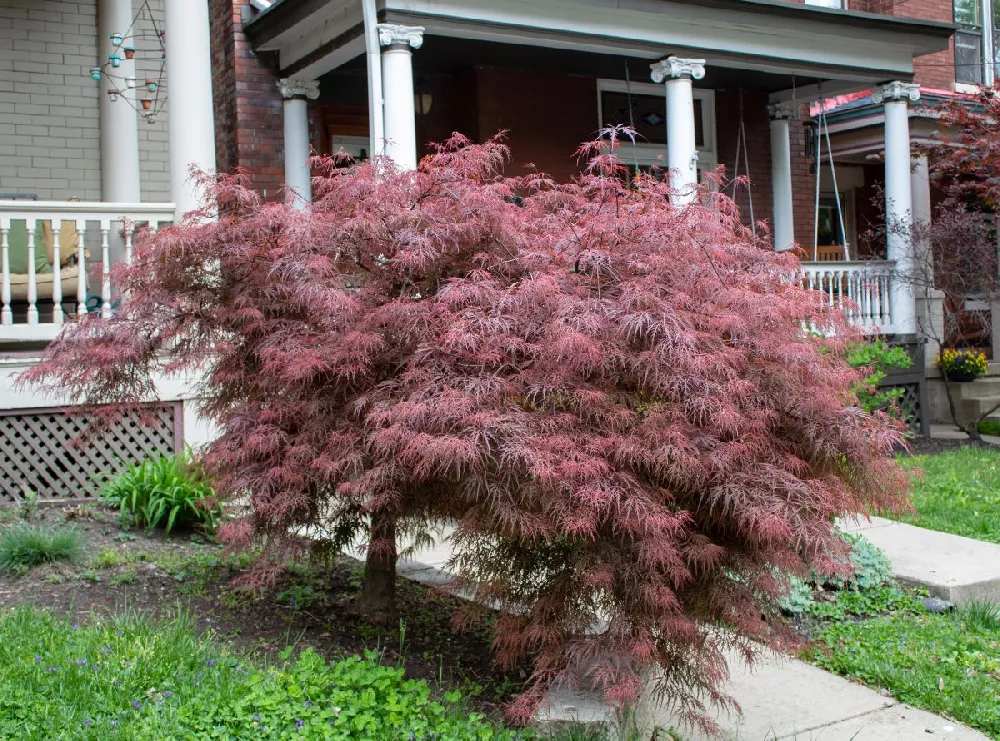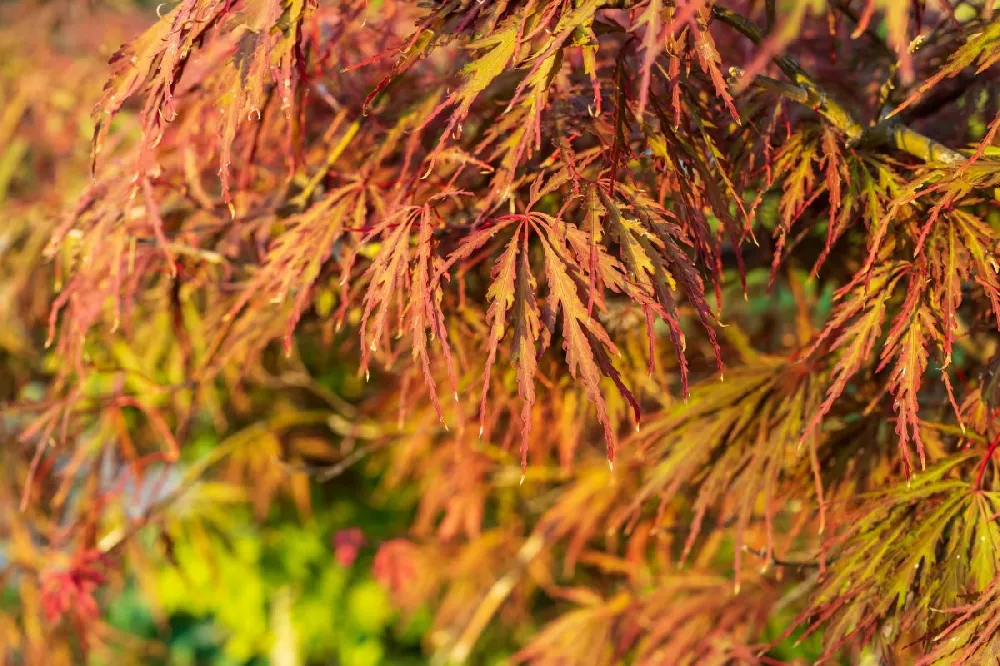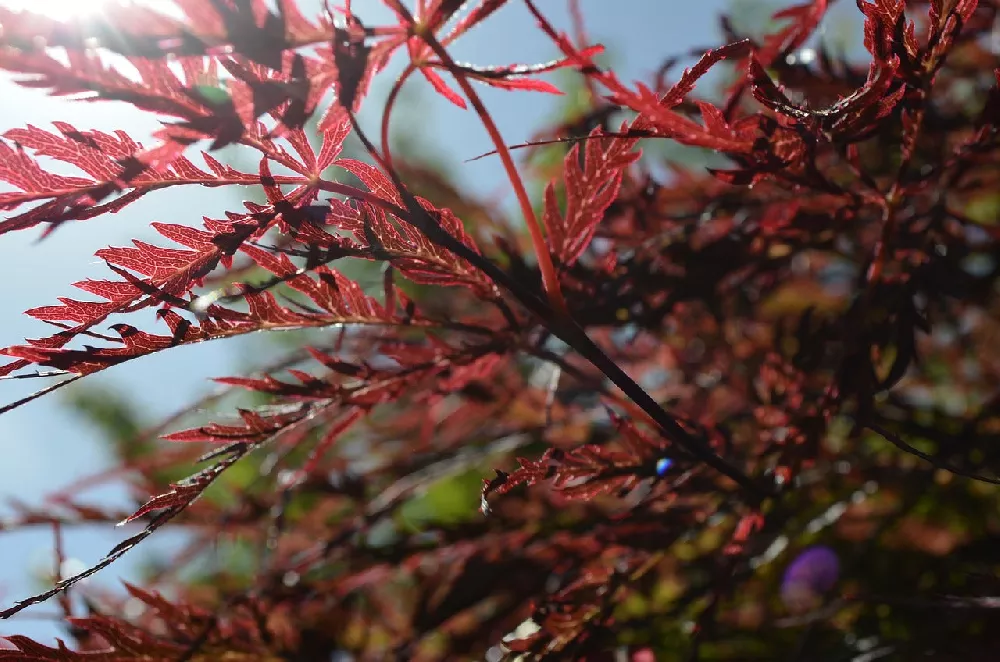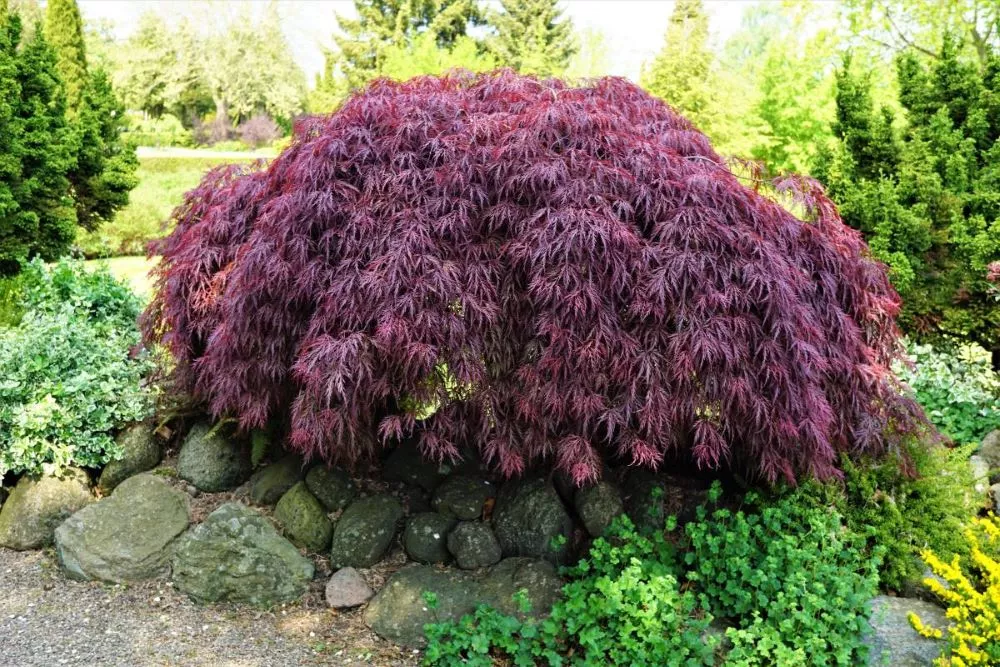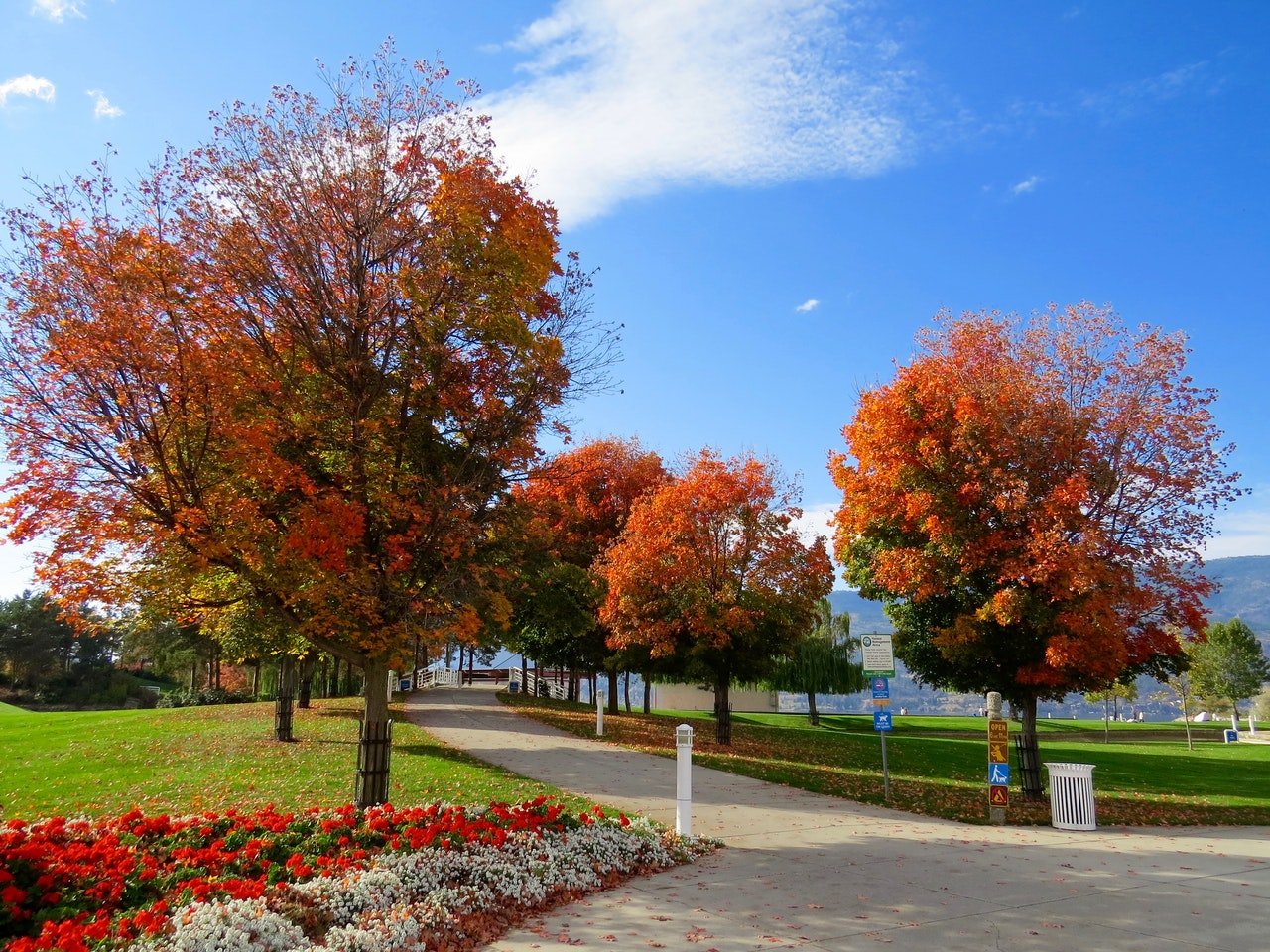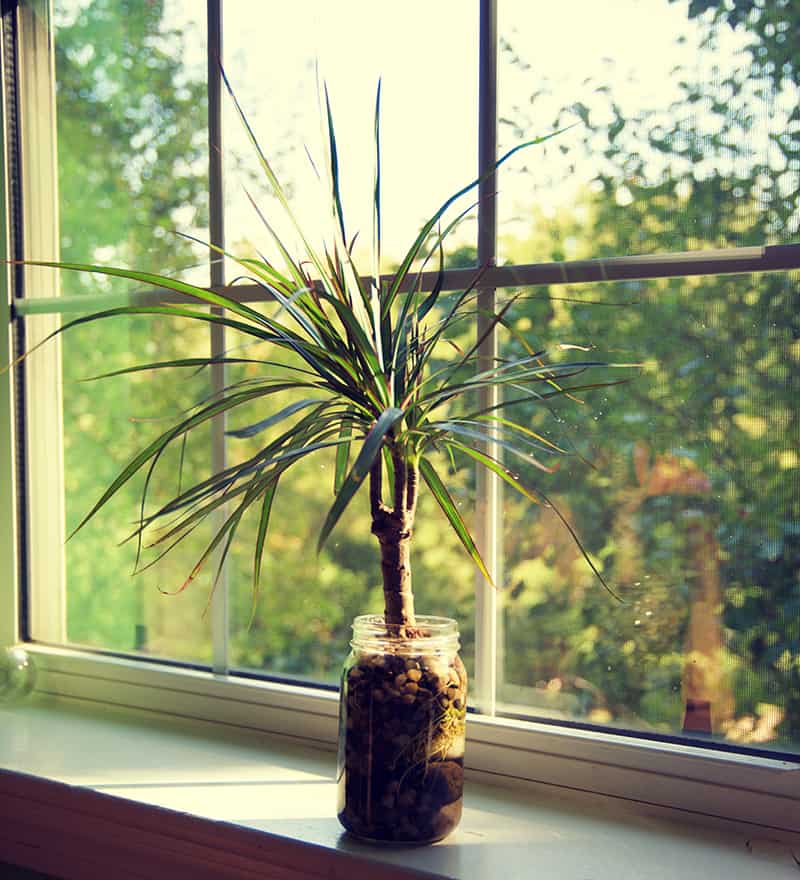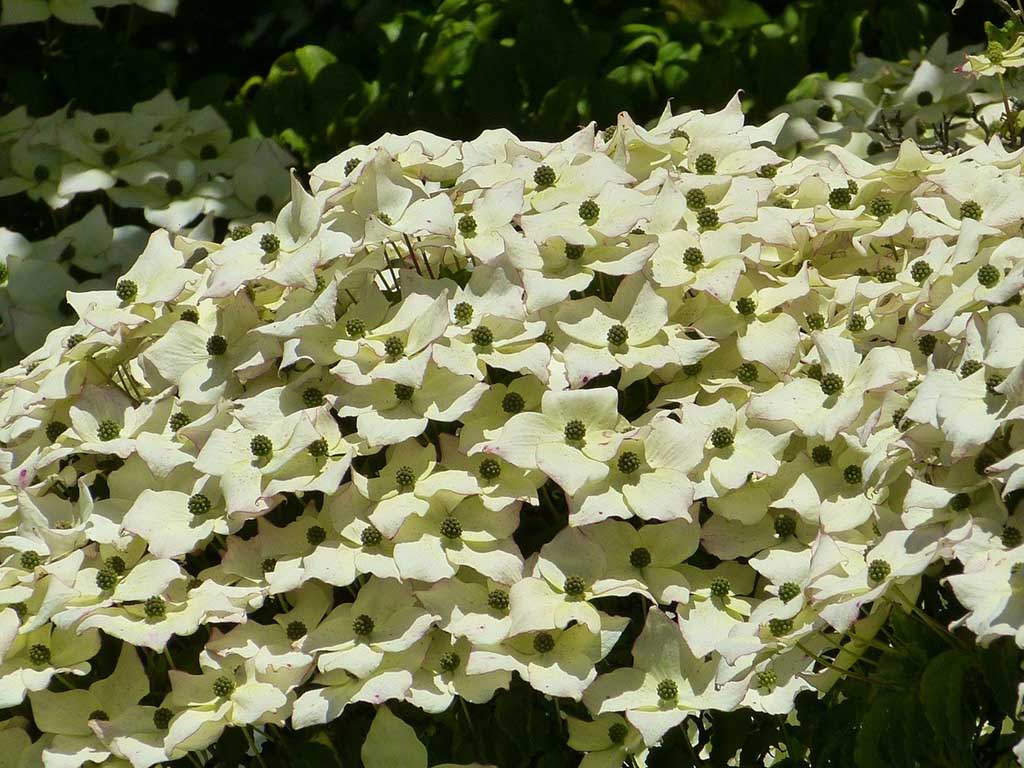- Home >
- Japanese Maple Trees
Japanese Maple Trees for Sale - Buying & Growing Guide
Filters
Price Range
Growing Zones
Plant Type
Sunlight
Mature Height
Plant Characteristics
15 Results
-
Best SellerGrowing Zone(s): 5-8$60.95
$79.95Save up to 23% -
Growing Zone(s): 5-8$139.95
$229.95Save up to 39% -
Growing Zone(s): 5-8$109.95
$139.95Save up to 21% -
Growing Zone(s): 5-8$77.95
$93.95Save up to 17% -
Sold OutGrowing Zone(s): 5-8$36.95
-
Sold OutGrowing Zone(s): 5-8$52.95
-
Sold OutGrowing Zone(s): 5-8$104.95
-
Sold OutGrowing Zone(s): 6-9$41.95
-
Sold OutGrowing Zone(s): 5-8$65.95
-
Sold OutGrowing Zone(s): 5-8$83.95
-
Sold OutGrowing Zone(s): 5-9$51.95
-
Sold OutGrowing Zone(s): 5-8$56.95
How to Grow Japanese Maple Trees
How to plant Japanese maple trees
Plant your Japanese maple sapling in the spring after the last frost or in early fall — avoid summer, as the heat can be a stressor on the young plant. Choose a sheltered site that gets filtered or partial sunlight, with a soil that drains easily and has a neutral to slightly acidic pH.
Dig a hole in your chosen spot that is several times wider than the root ball and just as deep. Scatter some thoroughly decomposed compost in the bottom of the hole. Unpot or unwrap the plant and tease out any encircling roots to avoid strangling the tree. Place the sapling in the hole with the soil surface at the same level as the top of the root ball. Fill the hole with soil mixed amended with compost.
Tamp the soil down firmly and water your tree deeply, but stop if the water starts to pool around the root ball. Japanese maples like moist soil but do not do well if their roots are waterlogged. Apply a three-inch layer of organic mulch around the root zone, do not allow direct contact with the trunk.
How to achieve maximum results
With more than 700 varieties, there is a Japanese maple tree for every need. To achieve maximum results, make sure the one you choose is suited to your climate and soil type. There are dwarf varieties that do well as container specimens, and Japanese maple is even a favorite plant for bonsai use. Although Japanese maples do not need a lot of care once established, it is worth the investment to pamper your newly-planted tree with regular watering and mulching, as well as protection against frost damage.
How to Care for Japanese Maple Trees
Watering and nutrients
For the first few months after planting, water your Japanese maple twice a week. Once you see new growth, your plant needs about an inch of rain or supplemental watering a week. If you are experiencing drought conditions, increase your watering accordingly.
Feed your Japanese maple in the spring with a slow-release balanced fertilizer designed for landscape trees. Each year, rake off the mulch and add a layer of compost to the planting site, followed by fresh organic mulch.
Pollination
Nursery-bought Japanese maples are usually propagated by grafting a particular variety to a sturdy rootstock, rather than seed grown. However, the trees do naturally flower and set seed. They are self-pollinating, with honeybees and other insects doing the work of moving pollen from the female to the male organs in the flower.
Pruning
Examine your tree carefully in early spring and prune out any diseased or broken branches, as well as any branches that are rubbing against each other. You can also prune for form, trimming branches that are too low or take away from the tree’s attractiveness. If the center of the tree seems densely packed, a little judicious pruning of branches will help open up the canopy to light and air.
Pests, diseases, and animals
Pests that prey on Japanese maple trees include Japanese beetles, mites, scale, and mealybugs. A blast from the hose may dislodge the larger bugs. For scale insects, use an insecticide product formulated to kill them.
Japanese maples are susceptible to several fungal diseases, including canker, verticillium wilt, and anthracnose. Stop infections before they begin by planting resistant varieties, and keep the area around the tree free of debris. Water with a soaker hose or turn your hose on at a trickle and leave it near the roots. Avoid overhead watering to keep the leaves dry.
